A few different decoys are great to have in your spring gobbler arsenal, but a solid strategy is much more than just randomly staking a few birds in the ground.
Using the right decoys at the right time can bring longbeards running, but the wrong setup at certain times of the season could send birds in the opposite direction. Here’s how to use different turkey decoys most effectively.
Strutting Tom
A tom decoy in full strut or simply a fan can fire up a dominant gobbler and force him to come in close for the fight, but these same decoys could scare off jakes or less dominant toms. So this setup is best reserved for when you know a boss gobbler is nearby.
If you’re going to stake a strutting tom decoy in the ground, position it so the bird is facing where you’ll be seated. If you plan to employ the reaping tactic, be sure to check local regulations beforehand — it’s not legal everywhere.
Submissive Jake
Much less intimidating to non-dominant birds and a more versatile choice all spring long, a quarter- or half-strut jake decoy is essential to the turkey hunter playbook. A jake decoy works great paired with a lay down hen throughout the season, but a mixture of feeding and upright hens added to the mix can work well early on too.
For the best jake decoy setup, position all decoys facing your direction with the jake pulling up the rear behind the hens.
Enticing Hens
In the final days of spring gobbler season, you’ll often see a hen or two with a lone gobbler or a couple jakes. You can recreate this scene and entice desperate toms by setting up a single or pair of hen decoys — think a feeding hen and upright hen — facing your position.
The best strategy is always relative to the time of year, conditions, the birds around you, and how they’re reacting to your setup. Be flexible and give yourself options with a variety of decoys, like those found in the What The Flock Pack. With a Reaper, Lay Down Hen, and Relaxed Feeding Hen as well as a decoy bag to carry them in, you’ll be set for a variety of scenarios.
Whatever setup you choose, follow these tips for decoy success:
-Be cautious whenever you break out the decoys, especially if you’re reaping or hunting on public land. Other less-responsible hunters could mistake lifelike decoys for the real deal and fire in your direction.
-Don’t position decoys too far away from where’ll you be seated in case the birds hang up, but don’t set them up on top of yourself either. About 15-20 yards in front of you and slightly off to the side is best.
-Avoid overcrowding your spread. Too many decoys positioned too closely together can limit your shot opportunities, so make sure you have a clear window for shooting where you expect gobblers to be.










